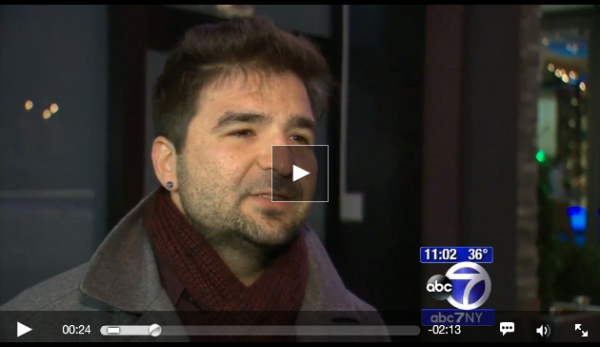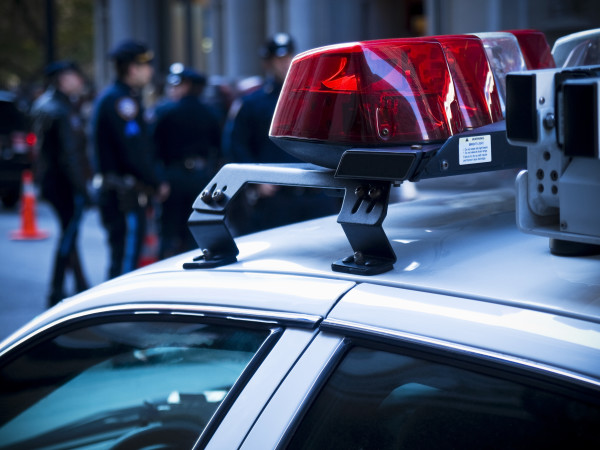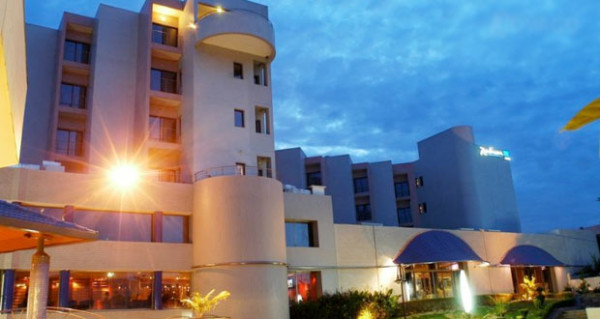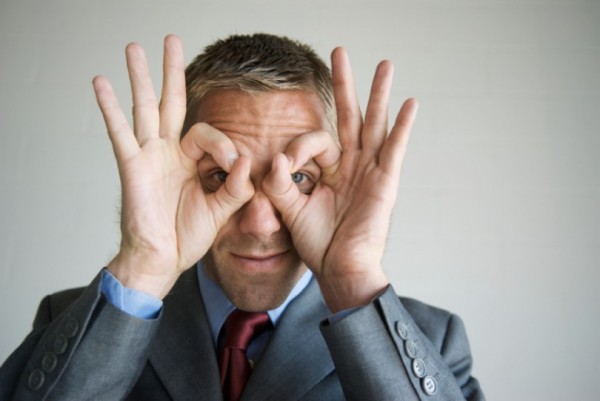A couple from California thought they were on a dream vacation to New York City, but they found a massive bedbug infestation under the mattress at the Astor on the Park Hotel on the Upper West Side.
Now, they’re speaking out only to Eyewitness News.
The trip was a gift from Elgin Ozlen’s mother, and the couple was supposed to take in the sights and sounds of the city, and see the ball drop on New Year’s Eve in Times Square. However, because of the bedbugs, Ozlen says it will be a trip that he and his girlfriend will remember for all the wrong reasons.
“We were expecting a vacation to remember the rest of our lives, and we will definitely remember it for the rest of our lives, but it won’t be a pleasant memory,” says Ozlen.
After staying in a hotel room infested with bedbugs, the dream vacation immediately turned into a nightmare.
Ozlen says he shot video of the infestation, while staying at Astor on the Park on Central Park West. The couple arrived on Wednesday, and by Thursday, there was an infestation of bedbugs where Ozlen’s girlfriend slept. Ozlen then goes on to say that the room was the third room the couple had been in, after the first two did not have heaters.
The California man says they had planned to be in Times Square to see the ball drop, but that never happened. Also, on New Year’s Day, his birthday, they had tickets to see the Rockettes, but instead there was a change of plans.
“On my birthday, I’m in the hospital, and I’m washing the best clothes that I brought that I own for this vacation, and during that process many of the clothes became damaged, because they’re not meant to be dried,” Ozlen says.
It cost hundreds of dollars to have the couple’s belongings cleaned. Meanwhile Ozlen says his girlfriend’s body is still inflamed, saying she is furious that the bites and scratches may lead to permanent scarring.
He also says she can’t eat because she is nauseous, but she is not the only one.
“It’s disgusting. I don’t really feel like sleeping here,” said one hotel guest.
Katie Phillips, a tourist from Australia has been staying at Astor on the Park for a week, and says her stay has been ‘near perfect’ – a clean room with no complaints. After seeing the bedbugs video, she says it was ‘pretty disturbing’.
For more:Â http://abc13.co/21019nM









